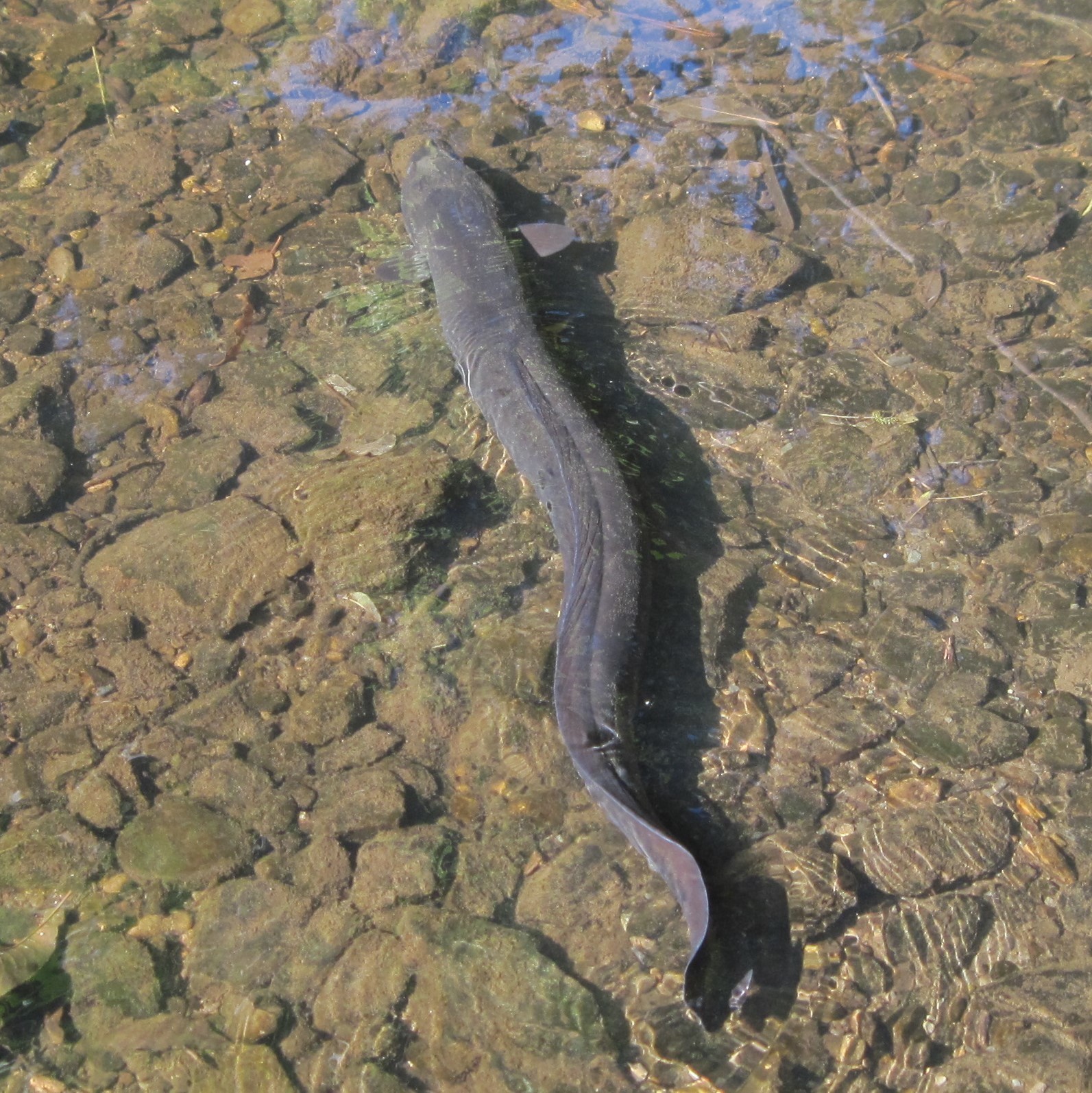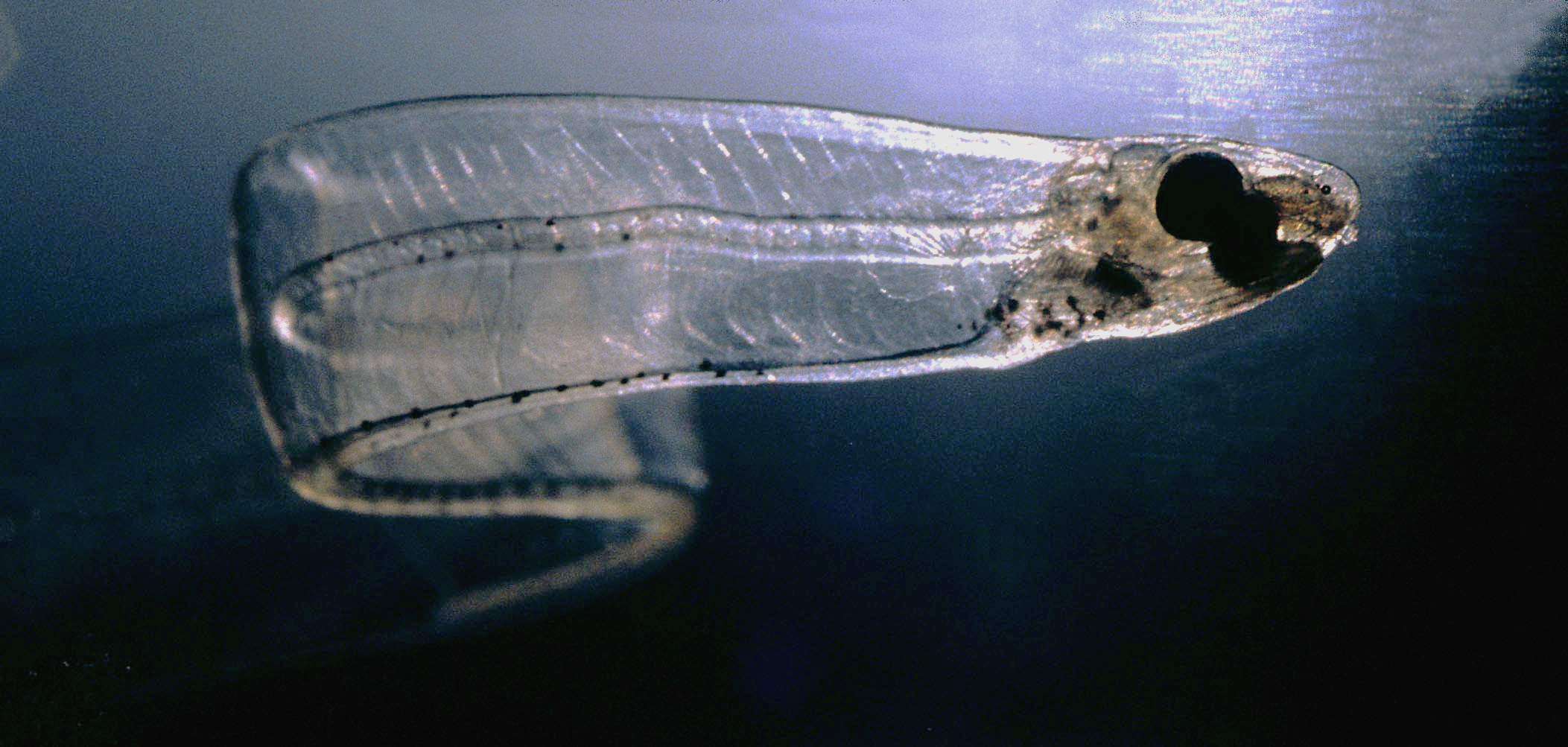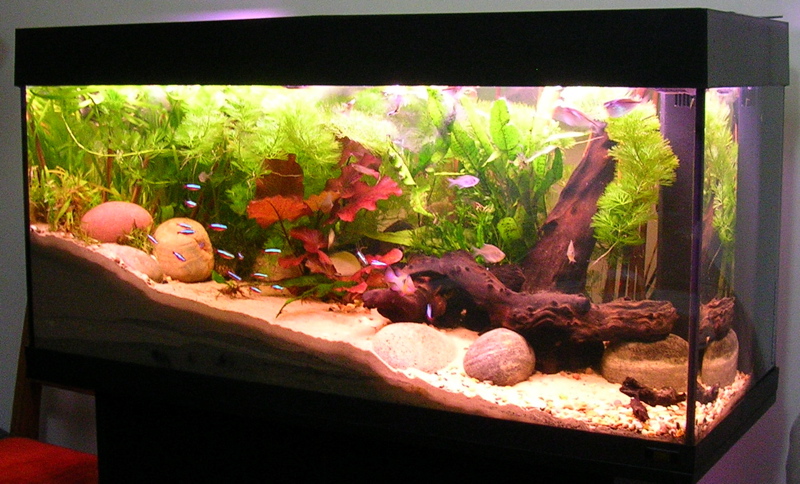|
Spiny Eel
The name spiny eel is used to describe members of two different families of fish: the freshwater Mastacembelidae of Asia and Africa, and the marine (and generally deep sea) Notacanthidae. Both are so-named because of their eel-like shape and sturdy fin spines. These two families are not related: the Notacanthiformes belong to the Superorder Elopomorpha, whose members are characterized by having leptocephalus larvae. The freshwater Mastacembelids do not share this characteristic and are popular specimens in the aquarium trade Fishkeeping is a popular hobby, practiced by aquarists, concerned with keeping fish in a home aquarium or garden pond. There is also a piscicultural fishkeeping industry, serving as a branch of agriculture. Origins of fishkeeping Fish have .... Mastacembelid Spiny eels originate from three places. The Middle East, Southeast Asia and Subsaharan Africa. In Africa alone there are 43 species known from two genera: ''Aethiomastacembelus'', with 19 known ... [...More Info...] [...Related Items...] OR: [Wikipedia] [Google] [Baidu] |
Mastacembelidae
The Mastacembelidae are a family of fishes, known as the spiny eels. The Mastacembelids are part of the Order Synbranchiformes, the swamp eels, which are part of the Actinopterygii (ray-finned fishes). In an evaluation of the family in 2004, the subfamilies of Mastacembelidae were found to not be well supported and were rejected. Also, the genera ''Caecomastacembelus'' and ''Aethiomastacembelus'' were placed in synonymy with ''Mastacembelus''. These fish originate from Africa, and southern and eastern Asia. Spiny eels generally inhabit soft-bottomed habitats in fresh and occasionally brackish water. Some species burrow in the substrate during the day or for certain months and have been found buried in soil in drying periods. These fish have an eel-like body. The largest species can reach a maximum length of . Very characteristic of this group is the long nose appendage with two tubulated nostrils. Mastacembelids have a series of well-separated dorsal spines on their back, hence ... [...More Info...] [...Related Items...] OR: [Wikipedia] [Google] [Baidu] |
Notacanthidae
Notacanthidae, the deep-sea spiny eels, are a family of fishes found worldwide below , and as deep as . The earliest known spiny eel is '' Pronotacanthus sahelalmae'', from the Santonian of what is now Lebanon. Their bodies are greatly elongated, though more tapered than in true eels. The caudal fin is small or nonexistent, while the anal fin is lengthy, as long as half of the total body length. They feed on animals attached to or living on the sea floor, such as sea anemones, echinoderms, molluscs, and worms. Although not true eels, these fish do have a similar leptocephalus larva A larva (; plural larvae ) is a distinct juvenile form many animals undergo before metamorphosis into adults. Animals with indirect development such as insects, amphibians, or cnidarians typically have a larval phase of their life cycle. The ...l form. However, while the larvae of true eels are about 5–10% of the length of the adult, those of deep-sea spiny eels can grow considerably larger ... [...More Info...] [...Related Items...] OR: [Wikipedia] [Google] [Baidu] |
Anguillidae
The Anguillidae are a family of ray-finned fish that contains the freshwater eels. Eighteen of the 19 extant species and six subspecies in this family are in the genus ''Anguilla''. They are elongated fish with snake-like bodies, their long dorsal, caudal and anal fins forming a continuous fringe. They are catadromous fish, spending their adult lives in freshwater, but migrating to the ocean to spawn. Eels are an important food fish and some species are now farm-raised, but not bred in captivity. Many populations in the wild are now threatened, and Seafood Watch recommend consumers avoid eating anguillid eels. Physical description Adult freshwater eels are elongated with tubelike, snake-shaped bodies. They have large, pointed heads and their dorsal fins are usually continuous with their caudal and anal fins, to form a fringe lining the posterior end of their bodies. They have relatively well developed eyes and pectoral fins compared to saltwater eels that they use to navigate ... [...More Info...] [...Related Items...] OR: [Wikipedia] [Google] [Baidu] |
Notacanthiformes
The Notacanthiformes are an order of deep-sea ray-finned fishes, consisting of the families Halosauridae and Notacanthidae (spiny eels). The order is of relatively recent vintage; ''Fishes of the World'' (2006) lists it as the suborder Notacanthoidei of Albuliformes. The notacanthiforms are much more eel-like than the albuliforms; for instance, the caudal fin has disappeared. Fish of the order are found in oceans worldwide, at depths from . They are elongated fish, although not as much so as the true eels. They typically feed on slow-moving or sessile animals, such as molluscs, echinoderms, and sea anemones. Like the true eels, they have a leptocephalus Leptocephalus (meaning "slim head") is the flat and transparent larva of the eel, marine eels, and other members of the superorder Elopomorpha. This is one of the most diverse groups of teleosts, containing 801 species in 4 orders, 24 families, ... larva that floats in the surface waters before transforming into an adul ... [...More Info...] [...Related Items...] OR: [Wikipedia] [Google] [Baidu] |
Elopomorpha
The superorder Elopomorpha contains a variety of types of fishes that range from typical silvery-colored species, such as the tarpons and ladyfishes of the Elopiformes and the bonefishes of the Albuliformes, to the long and slender, smooth-bodied eels of the Anguilliformes. The one characteristic uniting this group of fishes is they all have leptocephalus larvae, which are unique to the Elopomorpha. No other fishes have this type of larvae. Taxonomy The Elopomorpha are a group of teleost fishes and are separated into several orders. * Genus †''Bullichthys'' Mayrincka, Britob & Otero 2010 * Genus †''Eichstaettia'' Arratia 1987 * Genus †'' Eoenchelys'' Lu 1994 * Genus †'' Elopomorphorum'' Weiler ex Martin & Weiler 1954 tolith* Order Elopiformes Gosline 1960 ** Family † Anaethaliidae Gaudant 1968 ** Suborder Elopoidei *** Family Protelopidae de Saint Seine 1949 *** Family Elopidae Bonaparte 1832/Valenciennes 1847 (tenpounders, ladyfishes) *** Family Megalopidae Jorda ... [...More Info...] [...Related Items...] OR: [Wikipedia] [Google] [Baidu] |
Leptocephalus
Leptocephalus (meaning "slim head") is the flat and transparent larva of the eel, marine eels, and other members of the superorder Elopomorpha. This is one of the most diverse groups of teleosts, containing 801 species in 4 orders, 24 families, and 156 genera. This group is thought to have arisen in the Cretaceous period over 140 million years ago.Inuoe, Jun, M. Miya, et al. “Mitogenomic evidence for the monophyly of elopomorph fishes (Teleostei) and the evolutionary origin of the leptocephalus larva.” Molecular Phylogenetics and Evolution 32 (2004): 274-286. Web. 2 Nov. 2012. Fishes with a leptocephalus larval stage include the most familiar eels such as the conger, moray eel, and garden eel as well as members of the family Anguillidae, plus more than 10 other families of lesser-known types of marine eels. These are all true eels of the order Anguilliformes. Leptocephali of eight species of eels from the South Atlantic Ocean were described by Meyer-Rochow The fishes of ... [...More Info...] [...Related Items...] OR: [Wikipedia] [Google] [Baidu] |
Aquarium Trade
Fishkeeping is a popular hobby, practiced by aquarists, concerned with keeping fish in a home aquarium or garden pond. There is also a piscicultural fishkeeping industry, serving as a branch of agriculture. Origins of fishkeeping Fish have been raised as food in pools and ponds for thousands of years. Brightly colored or tame specimens of fish in these pools have sometimes been valued as pets rather than food. Many cultures, ancient and modern, have kept fish for both functional and decorative purposes. Ancient Sumerians kept wild-caught fish in ponds, before preparing them for meals. Depictions of the sacred fish of Oxyrhynchus kept in captivity in rectangular temple pools have been found in ancient Egyptian art. Similarly, Asia has experienced a long history of stocking rice paddies with freshwater fish suitable for eating, including various types of catfish and cyprinid. Selective breeding of carp into today's popular and completely domesticated koi and fancy goldfish be ... [...More Info...] [...Related Items...] OR: [Wikipedia] [Google] [Baidu] |

.png)

